Introduction
Why Are Rabbits Not Rodents: Rabbits, often mistaken for rodents, belong to a distinct taxonomic order called Lagomorpha, setting them apart from rodents in the world of mammals. While it might be tempting to group these adorable, long-eared creatures with their gnawing, rat-like counterparts, a closer examination of their evolutionary history, anatomical features, and behavioral traits reveals that rabbits are indeed a unique and fascinating branch of the animal kingdom. In this discussion, we will explore the key reasons why rabbits are not rodents, shedding light on the distinct characteristics that make them worthy of their own taxonomic classification within the animal world. The classification of animals into various orders and families is a fundamental aspect of biological taxonomy.
It allows scientists to categorize and understand the vast diversity of life on Earth. Rabbits winter, in particular, have been the subject of taxonomic scrutiny for centuries, leading to their placement in the order Lagomorpha, rather than the order Rodentia, where rodents like mice, rats, and squirrels reside. One of the primary reasons why rabbits are not considered rodents lies in their evolutionary history. Lagomorphs, which include rabbits, hares, and pikas, share a common ancestor that diverged from the common ancestor of rodents more than 90 million years ago. This ancient divergence led to significant differences in their genetic makeup, physiology, and behaviors over time.
Anatomically, rabbits possess several distinctive features that separate them from rodents. One notable distinction is their dental formula. Rabbits have four incisors in the upper jaw, while rodents have two. Additionally, rabbits have continuously growing, open-rooted teeth, a characteristic absent in rodents. These dental adaptations enable rabbits to efficiently process their specialized herbivorous diet of fibrous plant materials. Behavioral differences also contribute to the differentiation between rabbits and rodents. Rabbits are known for their burrowing habits, creating complex underground warrens to live in, while rodents typically construct simpler burrows or nests.
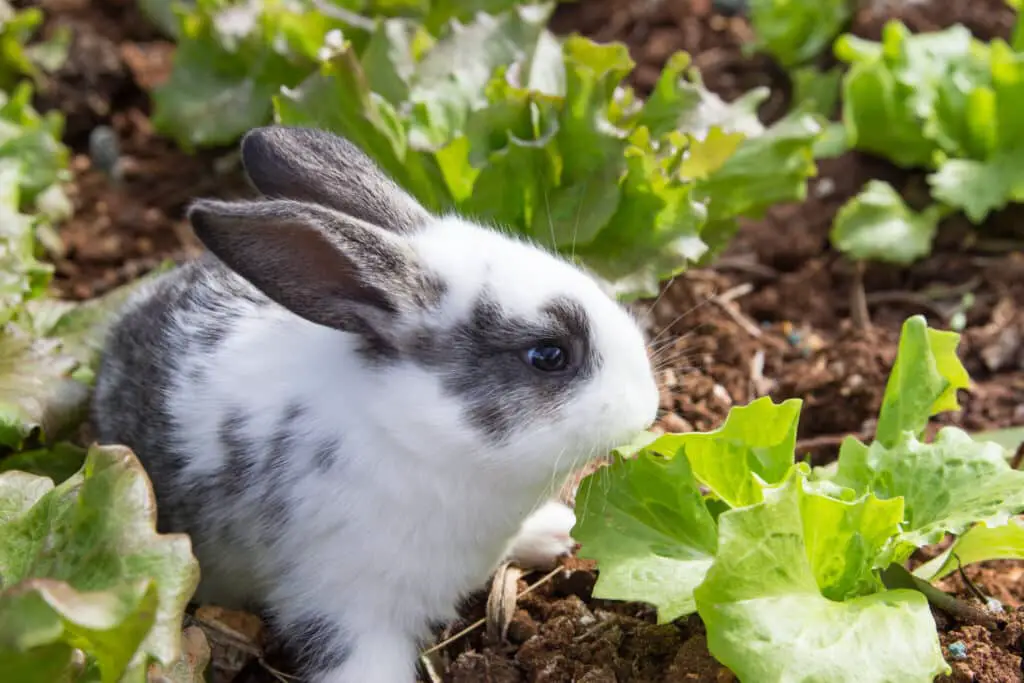
Is rabbit related to rodent?
No, rabbits are not rodents.
Although their teeth are similar to those of rodents, they are not the same. Rabbits also have a strictly herbivorous diet. They have long back legs compared to the short limbs of rodents. They also have other distinct features – such as long ears and a complete lack of paw pads.
Evolutionary History: Rabbits and rodents share a common mammalian ancestor, but their evolutionary paths diverged over 90 million years ago. This early split led to significant differences in their genetic makeup, physiology, and behavior.
Dental Differences: One of the most notable distinctions between rabbits and rodents is their dental anatomy. Rabbits have four upper incisors, while rodents typically have only two. Additionally, rabbits have continuously growing, open-rooted teeth that are adapted for their herbivorous diet, whereas rodents have different dental adaptations.
Dietary Habits: Both rabbits and rodents are herbivores, but their dietary preferences and digestive systems differ. Rabbits are known for their specialized digestive process, which involves fermenting their food in a chamber called the cecum. This allows them to extract maximum nutrients from fibrous plant materials.
Behavioral Differences: Rabbits and rodents exhibit distinct behaviors. For example, rabbits are well-known for their burrowing habits and creating complex underground warrens for shelter, while rodents may construct simpler burrows or nests. Additionally, rabbits are crepuscular animals, meaning they are most active during dawn and dusk, whereas rodents can have varying activity patterns.
Why aren’t rodents mammals?
Yes, rodents are mammals. Both the upper and lower jaws of rodents contains two incisors each with a gap between the incisors and the molars known as the diastema, which maximizes the chewing potential of the teeth. All mammals have vertebra and produce milk to feed their young.
Mammary Glands: Mammals are named after their mammary glands, which produce milk for nourishing their young. Rodents, like all mammals, have mammary glands to nurse their offspring.
Warm-Blooded: Mammals are warm-blooded, which means they can regulate their body temperature internally. Rodents maintain a relatively constant body temperature, just like other mammals.
Live Birth: Most mammals give birth to live offspring rather than laying eggs. This reproductive characteristic is shared by rodents. Female rodents carry their developing young inside their bodies and give birth to fully formed, live pups.
Three Middle Ear Bones: Mammals are characterized by having three middle ear bones: the hammer (malleus), anvil (incus), and stirrup (stapes). These bones are involved in the transmission of sound vibrations. Rodents possess these three middle ear bones, which are crucial for their hearing.
What separates rabbits from rodents?
Rabbits are classified in the order Lagomorpha. They differ from rodents in that they possess an additional pair of incisor teeth directly behind the large incisors of the upper jaw. There are over 100 different breeds of rabbit that are descendants of the European wild rabbit, Oryctolagus cuniculus.
Taxonomy: Rabbits belong to the order Lagomorpha, while rodents belong to the order Rodentia. This fundamental difference in their taxonomic classification reflects their evolutionary divergence and separates them into distinct groups.
Dental Anatomy: One of the most significant differences between rabbits and rodents lies in their dental anatomy. Rabbits have four upper incisors, while rodents typically have two. Additionally, rabbits have continuously growing, open-rooted teeth that are well-suited for their herbivorous diet, while rodents have different dental adaptations.
Dietary Habits: Both rabbits and rodents are herbivores, but their dietary preferences and digestive systems differ. Rabbits are known for their specialized digestive process, which involves fermenting their food in a chamber called the cecum. This allows them to extract maximum nutrients from fibrous plant materials.
Behavioral Differences: Rabbits and rodents exhibit distinct behaviors. For example, rabbits are well-known for their burrowing habits and creating complex underground warrens for shelter, while rodents may construct simpler burrows or nests. Additionally, rabbits are crepuscular animals, meaning they are most active during dawn and dusk, whereas rodents can have varying activity patterns.
What makes an animal a rodent?
Rodents are mammals characterized by upper and lower pairs of ever-growing rootless incisor teeth. Rodents are the largest group of mammals, constituting almost half of the class Mammalia’s approximately 4,660 species. This is a list of selected rodents, arranged alphabetically by suborder and family.
Incisor Teeth: One of the most defining features of rodents is their specialized dental anatomy. All rodents possess a pair of continuously growing, chisel-like incisor teeth in both their upper and lower jaws. These incisors have hard enamel on the front surface and softer dentin on the back, which wears unevenly, creating a self-sharpening mechanism. These ever-growing incisors are adapted for gnawing and cutting through a wide variety of plant materials, which form the primary component of most rodent diets.
Herbivorous Diet: Rodents are primarily herbivores, although some species may have omnivorous tendencies. Their diet consists mainly of plant materials such as seeds, nuts, fruits, leaves, stems, and roots. Their specialized incisor teeth and digestive adaptations enable them to efficiently extract nutrients from plant matter.
Gnawing Behavior: The word “rodent” itself is derived from the Latin word “rodere,” which means “to gnaw.” Gnawing is a fundamental behavior of rodents and serves several purposes, including obtaining food, maintaining their constantly growing incisors at a manageable length, and creating burrows or nests.
Small to Medium Size: Most rodents are small to medium-sized mammals, although there is considerable variation in size among rodent species. From tiny mice and voles to larger rodents like capybaras and beavers, this order encompasses a wide range of body sizes.
Who eats rabbit meat?
Eating rabbit is quite common in the Mediterranean, especially in Italy and France, who are responsible for the highest production and consumption of rabbit in Europe. Typical menus in Italy feature rabbit in cacciatore, ragu and lasagna.
Europe: Rabbit meat has a long history of consumption in Europe, dating back to Roman times. In many European countries, such as France, Italy, Spain, and Portugal, rabbit dishes are considered traditional and are part of the culinary heritage. For example, “lapin” is a popular term for rabbit in French cuisine, featured in dishes like “lapin à la moutarde” (rabbit with mustard sauce).
Asia: Rabbit meat is consumed in some Asian countries, particularly in China. It has been part of Chinese cuisine for centuries and is commonly used in stews, roasts, and stir-fry dishes.
Africa: In some African countries, rabbit meat is consumed as a source of protein. It is valued for its lean and relatively inexpensive nature.
North America: While not as popular as in some other regions, rabbit meat is enjoyed in certain parts of North America, especially by those who value it as a lean and sustainable source of protein.
Why are rabbits called rodents?
Confusion between rabbits and rodents stems partly from history – and partly from their superficial similarities to rodents. Until early in the 20th century, the rabbit and other lagomorphs were classified under Rodentia (rodents), which includes squirrels, rats, marmots and mice.
Taxonomic Classification: The classification of animals into various orders, families, and genera is based on their evolutionary relationships and genetic characteristics. Rabbits and rodents belong to different orders within the class Mammalia. Rabbits are placed in the order Lagomorpha, whereas rodents belong to the order Rodentia. This taxonomic separation reflects their distinct evolutionary lineages.
Dental Anatomy: One of the most significant differences between rabbits and rodents is their dental structure. Rabbits have four upper incisors, while rodents typically have only two. Additionally, the continuously growing, open-rooted teeth of rabbits are adapted for their herbivorous diet, allowing them to efficiently process fibrous plant materials. In contrast, rodents have different dental adaptations.
Evolutionary History: Rabbits and rodents share a common mammalian ancestor, but their evolutionary paths diverged over 90 million years ago. This early divergence led to significant differences in their genetic makeup, physiology, and behavior.
Behavioral Differences: While both rabbits and rodents are known for their prolific breeding and small to medium-sized body types, they exhibit distinct behaviors. For example, rabbits are famous for their burrowing habits and creating complex underground warrens for shelter, whereas rodents may construct simpler burrows or nests. Additionally, rabbits are crepuscular animals, meaning they are most active during dawn and dusk, while rodents can have varying activity patterns.
What is the closest animal to a rabbit?
Rabbits, hares, and pikas all belong to a group of mammals sometimes called “lagomorphs”, derived from the scientific name for their order, Lagomorpha. This group of mammals is distinguished from rodents because they have two sets of upper incisors while rodents only have one set.
Hares are among the closest relatives to rabbits within the order Lagomorpha. They belong to the family Leporidae, just like rabbits, and share many similar features, including their specialized dental anatomy with continuously growing incisors and their herbivorous diet. Hares are known for their longer legs and ears compared to rabbits, which are adaptations for their swift running abilities.
Pikas belong to the family Ochotonidae within the order Lagomorpha. While they are also lagomorphs and share some common features with rabbits, such as their dental structure, they have a distinct appearance and behavior. Pikas are typically smaller than rabbits and hares and are adapted to live in mountainous regions. They are known for their high-pitched vocalizations and their habit of collecting and storing food for the winter.
Although hares and pikas are the closest relatives to rabbits within the Lagomorpha order, it’s important to note that rabbits, hares, and pikas have all evolved unique adaptations and characteristics that have allowed them to thrive in various ecological niches. While they share a common evolutionary history, they have diversified into distinct groups, each with its own set of traits and behaviors.
What is the difference between a rodent and a non rodent?
Rodents exhibit a thin keratinized epithelium with low epithelial extensions, whereas non-rodents, most particularly minipigs and monkeys, display a non-keratinized epithelium with larger rete ridges, similarly to humans.
One of the most defining features of rodents is their specialized dental anatomy. They have two pairs of continuously growing incisors, one in the upper jaw and one in the lower jaw. These incisors have hard enamel on the front surface and softer dentin on the back, which wears unevenly, creating a self-sharpening mechanism. The ever-growing incisors are adapted for gnawing and cutting through a wide variety of plant materials, which form the primary component of most rodent diets.
Non-rodents typically have different dental configurations. While they still have incisors, they usually do not have the continuously growing, self-sharpening incisors characteristic of rodents. In non-rodents, the incisors do not continue to grow throughout their lives.
Rodents belong to the order Rodentia, which is one of the largest and most diverse orders of mammals, comprising over 2,000 species. This order includes familiar animals like mice, rats, squirrels, beavers, and porcupines.
Non-rodents encompass all other mammalian orders, such as Carnivora (which includes dogs, cats, and bears), Primates (including humans, monkeys, and apes), Cetacea (whales and dolphins), Artiodactyla (deer, cows, and pigs), and many more.
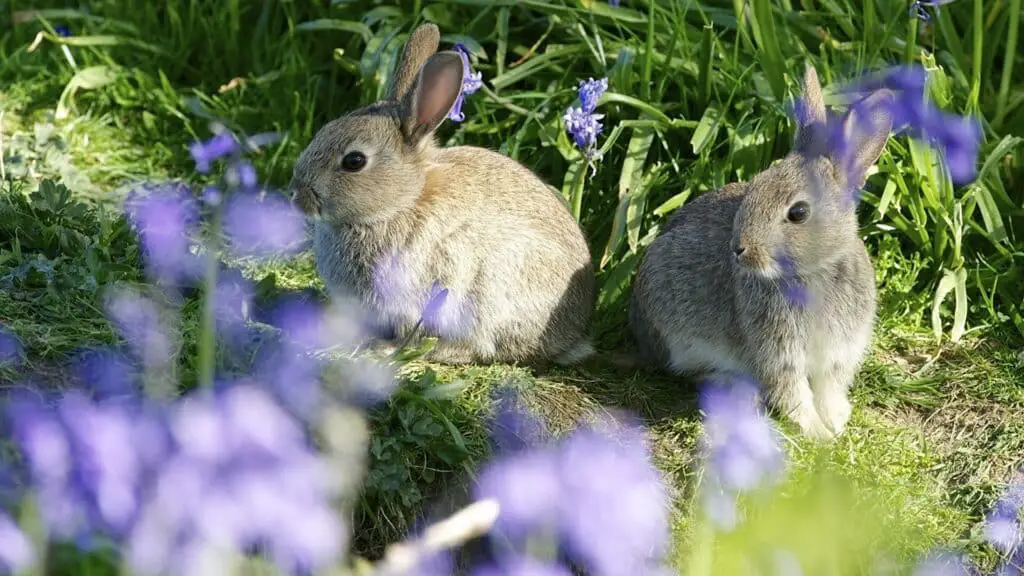
Conclusion
While these two groups of mammals may appear somewhat similar at first glance, a closer examination reveals fundamental differences that place rabbits in a distinct taxonomic order known as Lagomorpha, separate from rodents in the order Rodentia. Rabbits’ evolutionary lineage diverged from that of rodents over 90 million years ago, leading to significant genetic differences. Anatomically, rabbits rodents possess unique dental features, with four upper incisors and continuously growing teeth adapted for their herbivorous diet. These dental adaptations are absent in rodents. Furthermore, behavioral disparities, such as their burrowing habits and crepuscular activity patterns, further emphasize the separation between these two groups.
Understanding why rabbits are not rodents not only contributes to our knowledge of biodiversity but also underscores the intricacies of nature’s classifications. It serves as a reminder that the world of life is incredibly diverse and complex, with each species occupying a unique ecological niche shaped by its evolutionary history. Rabbits, with their own evolutionary path and set of distinctive traits, stand as a testament to the beauty and complexity of the natural world. In addition to their biological differences, the recognition that rabbits are not rodents carries practical implications for fields such as ecology, conservation, and agriculture. Understanding the specific characteristics of rabbits as lagomorphs helps us better manage and conserve these animals in their natural habitats.
For instance, in conservation efforts, the distinction between rabbits and rodents informs strategies aimed at preserving lagomorph populations. This knowledge enables scientists and conservationists to tailor conservation plans that account for the unique needs and behaviors of rabbits, including their burrowing habits and dietary preferences. In agriculture, recognizing the differences between rabbits and rodents is essential for pest management. While both groups can cause damage to crops and vegetation, understanding their distinct biology and behavior can lead to more effective control methods. This knowledge can help minimize the ecological impact of pest control measures and enhance agricultural sustainability.

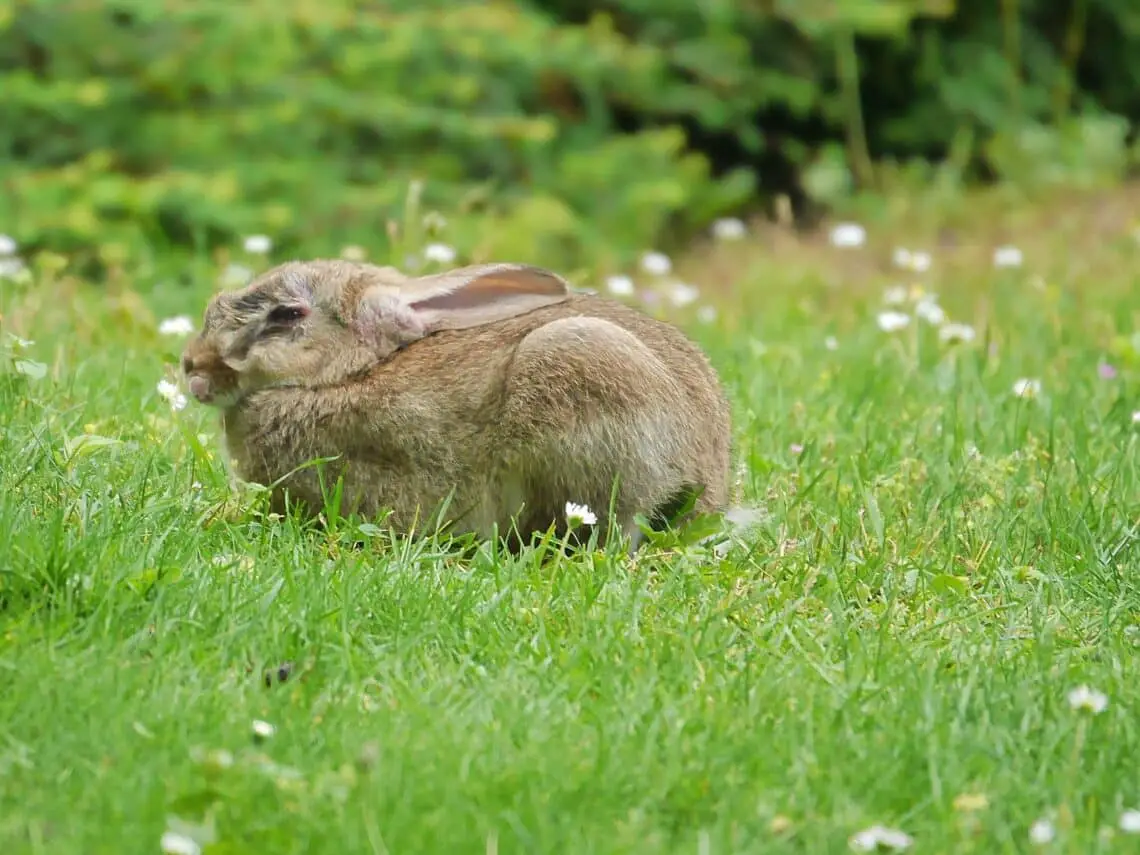
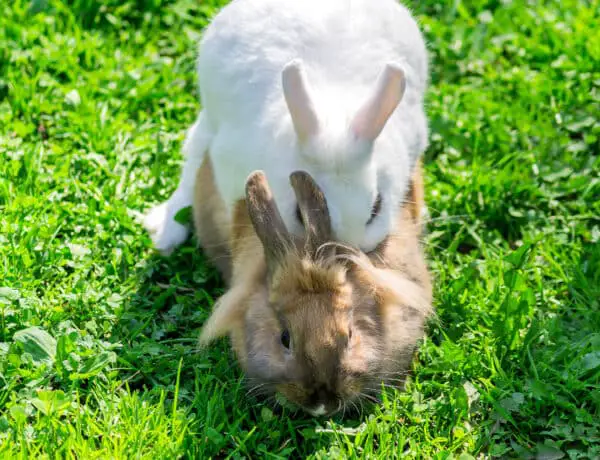
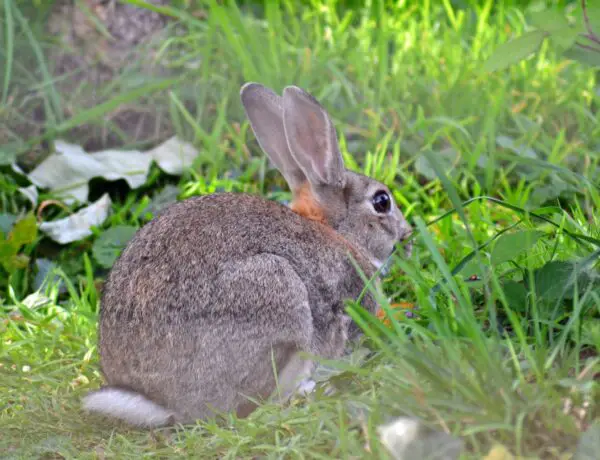
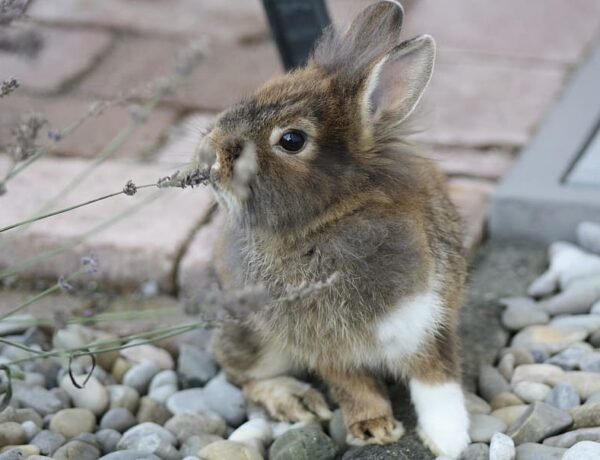
No Comments